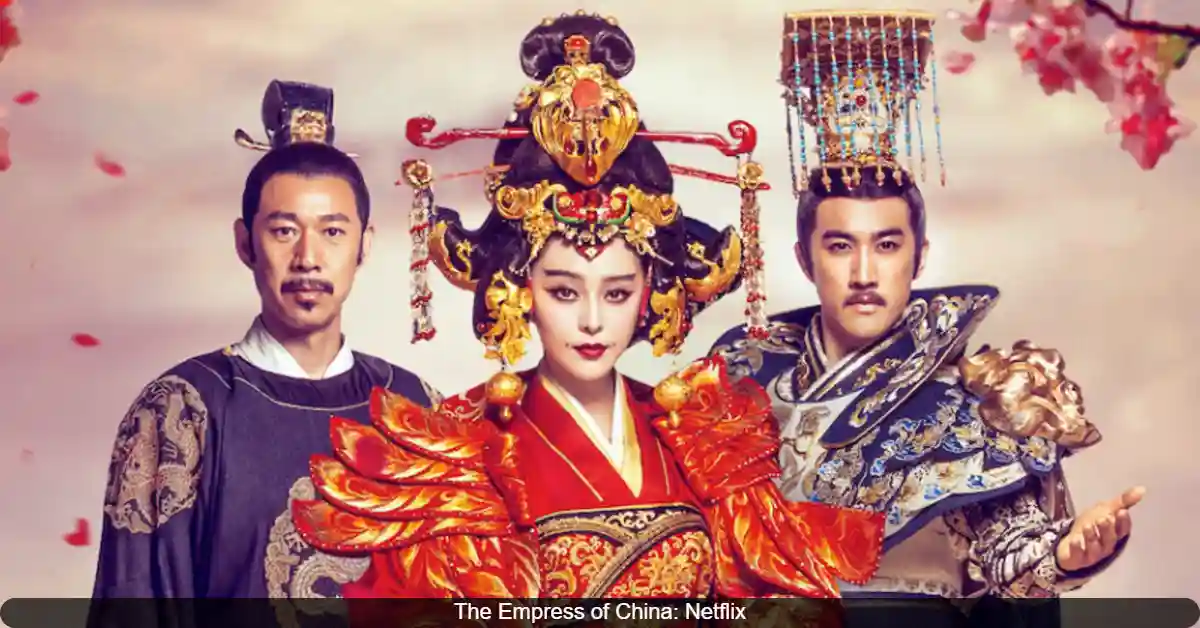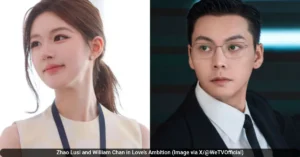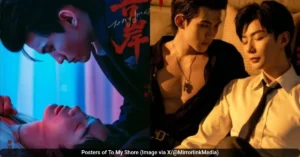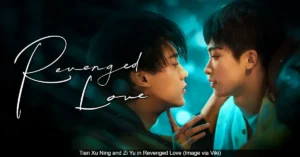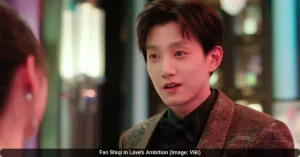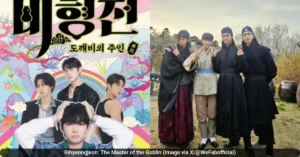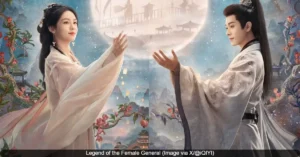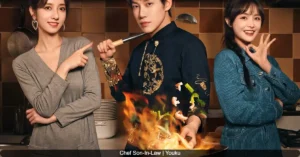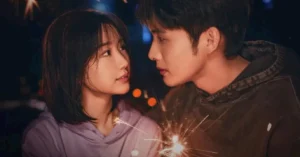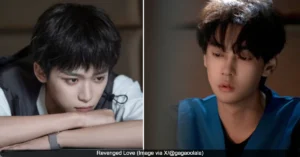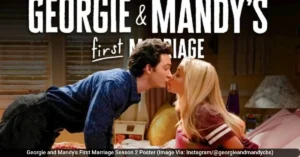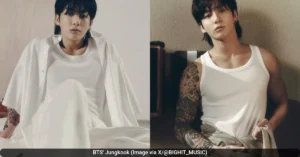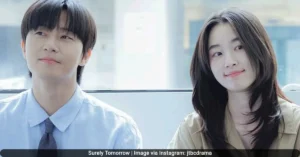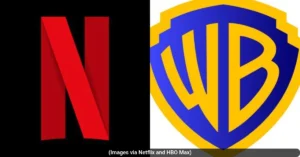The lavish Chinese television drama The Empress of China, starring Fan Bingbing as the only female emperor in Chinese history, Wu Zetian, found itself at the center of a major controversy. The show, which debuted in December 2014, was abruptly pulled from airing after just a few episodes. When it returned, viewers noticed significant changes: the low-cut necklines of the female characters’ costumes had been digitally altered or cropped out, replaced with tight headshots. This move sparked widespread debate about historical accuracy, censorship, and cultural values in modern media.
The Show’s Ambitious Production
The Empress of China is a historical fiction series chronicling the rise of Wu Zetian from a young concubine to the powerful ruler of the Tang Dynasty. With a massive budget of over ¥300 million (roughly $49 million USD), it was one of the most expensive Chinese television productions ever made. A significant portion of this budget was allocated to costumes and set design. Fan Bingbing’s character alone had 260 different dresses, while the entire crew reportedly used nearly 3,000 sets of clothing. The most expensive piece was a dragon robe costing over 500,000 CNY. The production aimed to recreate the grandeur of the Tang Dynasty, filming at locations like Hengdian World Studios and the CCTV Wuxi Film & TV Base .
The Sudden Censorship and Public Reaction
In late December 2014, after 17 episodes had aired, the show suddenly disappeared from Hunan Television for a four-day hiatus. When it returned on January 1, 2015, the revealing necklines of the actresses’ costumes were gone. Scenes were re-edited into awkward close-up shots, focusing only on the actors’ faces and cutting out the controversial cleavage. Although no government agency officially claimed responsibility, this was widely believed to be the work of China’s State Administration of Press, Publication, Radio, Film and Television (SARFT), which has a history of enforcing content guidelines .
The public response was swift and largely critical. Social media platforms in China were flooded with mockery and jokes about the edits. Some users posted cropped photos of celebrities and drawings, humorously adding in the missing cleavages to highlight the absurdity of the situation. A survey by research group Zero Power Intelligence showed that nearly 40% of respondents felt the cuts were too prudish, while about 25% thought the edited version was more appropriate for all ages. Businessman Ren Zhiqiang expressed a common sentiment on his microblog, stating, “It was not a public issue, but has become one after shameless officials wielded their powerful administrative powers. What people are concerned about is not cleavage, but that a bunch of cultural hooligans are in charge of making approvals” .
The Debate Over Historical Accuracy
The controversy raised an important question: were the costumes historically accurate or unnecessarily sexualized? The Tang Dynasty (618-907 AD) is widely known as a particularly open and cosmopolitan period in Chinese history. Scholars confirmed that women during this era did wear dresses with lower necklines compared to other dynasties. History professor Zhang Guogang from Tsinghua University explained that as society became more open, some outgoing women chose to wear clothing that was a bit more revealing and abandoned veils that had previously hidden them from public view. However, he and other historians were quick to point out that the show took creative liberties. “They did not wear things that squeezed their breasts [to make them look bigger],” Zhang noted, highlighting a key difference between the drama’s design and actual historical fashion .
Researchers like Li Hong, vice curator at the Henan Museum, explained that Tang Dynasty women’s fashion typically consisted of skirts, shirts, and capes. Formal wear was a one-piece garment, and women of higher social status wore multiple layers with coordinated colors. While the show’s designers were praised for their effort and research, experts agreed that the costumes were an exaggerated interpretation rather than a perfect replica. Liu Shuai, from the folk art team Zhuangshu and Yuewu, which specializes in recreating ancient clothing, emphasized that the Tang Dynasty’s aesthetic preference for fuller figures didn’t become prevalent until after Wu Zetian’s rule and was especially popular during Emperor Tang Xuanzong’s time. The simplicity and confidence of Tang women’s fashion, Liu argued, reflected a form of early feminism and strong self-respect .
A Look at Tang Dynasty Fashion
The debate sparked by the drama led to a broader public interest in what Tang Dynasty fashion truly looked like. Beyond the sensationalized cleavage, the era’s clothing was sophisticated and symbolic. Women’s attire often included an inner garment, a middle layer, and an outerwear piece, with wide sleeves and hemlines. The openness of the necklines was just one aspect of a style that incorporated elements from other cultures, particularly the ethnic Hu style, which was more like a modern jacket than a revealing gown. Some fashionable women even wore men’s clothing, a testament to the relative freedom of the period. Relationships were freer, women could remarry, and there was less of a “virgin complex” than in later dynasties. The controversy over the TV show had the positive effect of pushing real history back into the spotlight, encouraging people to look beyond dramatized versions and seek out scholarly works on traditional clothing .
International Attention and Industry Impact
The censorship news wasn’t confined to China; it garnered international attention. Outlets worldwide reported on the bizarre editing, with many noting the clash between historical portrayal and modern censorship standards. The show’s popularity meant that the debate reached a global audience, with discussions unfolding online about cultural differences in media regulation. In Malaysia, for example, news articles questioned whether the same “sexy” costumes would be too much for their own censorship board. The incident also prompted calls within China for the introduction of a television ratings system. Newspapers like the Liaoning Daily and Henan Daily, both party-run, argued that with a ratings system, the show could have aired in its original form for an appropriate audience without needing the edits that turned it into a “joke” .
Also Read: 7 C-Dramas That Would Make Stunning K-Dramas: The Untamed, Hidden Love, Love 020 and more
Source: theqoo

